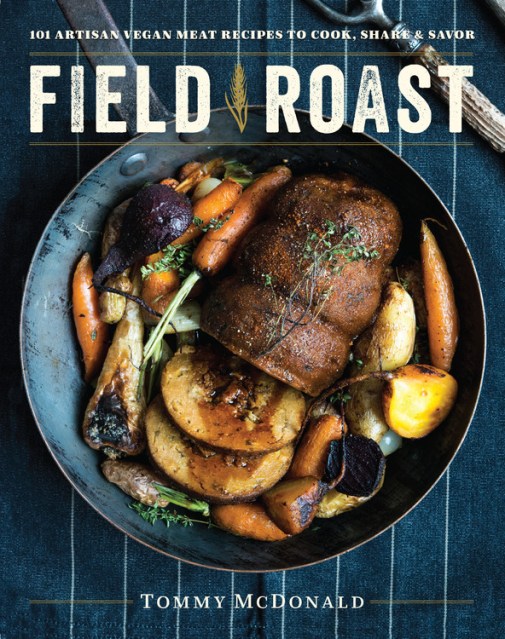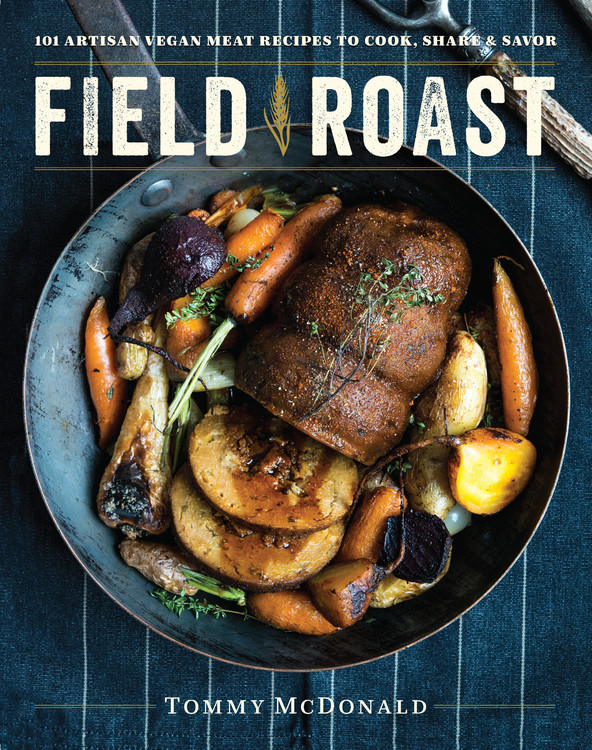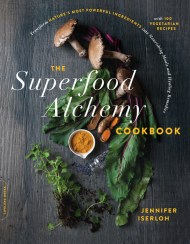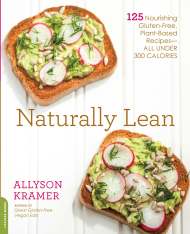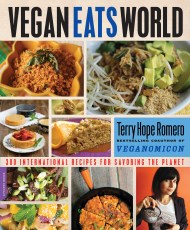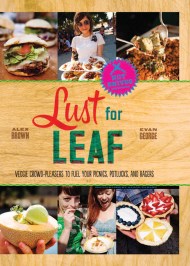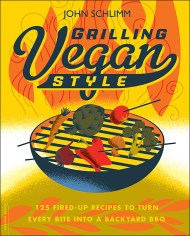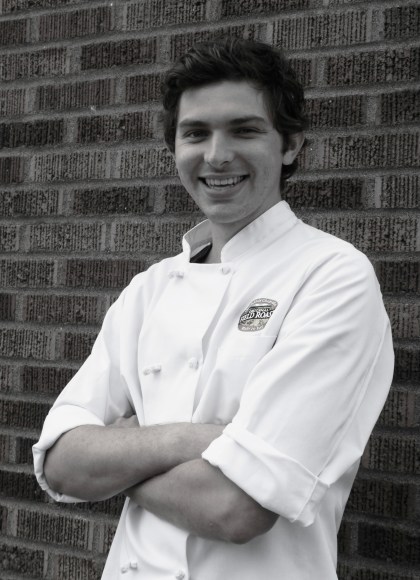Promotion
Use code MOM24 for 20% off site wide + free shipping over $45
Field Roast
101 Artisan Vegan Meat Recipes to Cook, Share, and Savor
Contributors
Formats and Prices
Price
$30.00Price
$38.00 CADFormat
Format:
- Hardcover $30.00 $38.00 CAD
- ebook $19.99 $24.99 CAD
This item is a preorder. Your payment method will be charged immediately, and the product is expected to ship on or around September 12, 2017. This date is subject to change due to shipping delays beyond our control.
Also available from:
In Field Roast, Chef Tommy McDonald shares fundamental techniques and tips that will enable you to make your own vegan meats at home–for everyday (sandwiches, burgers, meatloaf) to holiday (stuffed roast, anyone?), as well as recipes for using them in every meal from breakfast through dinner. The 100 recipes are flexible: want to make your own plant-based meats? Great! Want to use Field Roast products instead? That will work too. All you need are grains, veggies, and spices — easy-to-find whole food ingredients for authentic, hearty taste. With basics such as cutlets and sausages, along with dishes like Burnt Ends Biscuit Sandwich, Chicken Fried Field Roast and Waffles, Pastrami on Rye, Tuscan Shepherd’s Pie, Curry Katsu, (and even some favorite desserts), Field Roast brings new meaning to plant-based meat.
Genre:
- On Sale
- Sep 12, 2017
- Page Count
- 240 pages
- Publisher
- Da Capo Lifelong Books
- ISBN-13
- 9780738219592
Newsletter Signup
By clicking ‘Sign Up,’ I acknowledge that I have read and agree to Hachette Book Group’s Privacy Policy and Terms of Use
